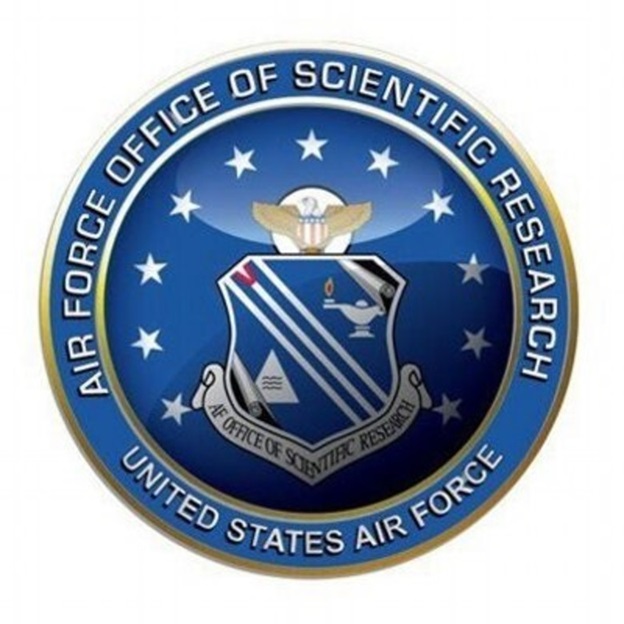Part 2 of 2 Parts (Please read Part 1 first)
The more complex an object in orbit is, the harder it is estimate or understand what the object looks like with the use of light curves. The results of analysis can be ambiguous. Part of a satellite could be casting a shadow on another part which might show up in the analysis as damage. It so mathematically complex to identify and characterize man-made objects in space that most researchers do not use this technique to examine satellites.
Researchers do use this technique to study asteroids. Asteroids are natural bodies and have less diverse materials on their surfaces than satellites. They also have fewer sharp edges. This makes the math simpler than the math needed for satellite analysis. However, even partial answers from light curve analysis could provide valuable information about the condition of a satellite.
In 2015, Freuh’s lab observed a mysterious object that was named WT1190F using the Purdue Optical Ground Station telescope. She and her team found from their analysis of the light curves and associated modeling that the object must be man-made and that it might be a piece of a missing Apollo 10 lunar module. That mission had been part of a test run prior to the Apollo 11 landing in 1969. A team of astronomers confirmed the findings of Freuh’s team that the object was, indeed, a piece of the Apollo 10 lunar module. This successful identification and other tests suggest that light curves could be used to improve space object identification.
Freuh said, “It matters when we can say with 80% certainty what an object is, even though getting that answer can be extremely difficult. It would be far less helpful, but easier, to give a hundred different answers for what an object is, all with about 1% probability.” Freuh’s lab is working to improve the success rate of light curve identification and characterization of both simple and complex objects in space.
Their goal is that in five to ten years, their technique could reliably assist a satellite operator by providing full shape and rotation models even if there is no other information about the object being studied. These models should more clearly show the different materials on the surface of the object which will make them easier to identify. Funded by the Air Force Office of Scientific Research, Freuh is developing ways to utilize light curves to increase knowledge of man-made objects in the absence of any information from a satellite operator.
Information that light curves provide about satellites could also improve how satellites are designed in the future. Freuh’s laboratory has identified objects in orbit around the Earth that appear to the gold foil of satellites flaking off over time. These flakes could create tiny objects that would pose dangers to satellites and be extremely difficult to track. Freuh said, “The whole idea is improving space situational awareness.”
The new techniques of light curve analysis developed by Freuh and her team will be a welcome addition to researchers who are tracking and analyzing objects in orbit around the Earth.
